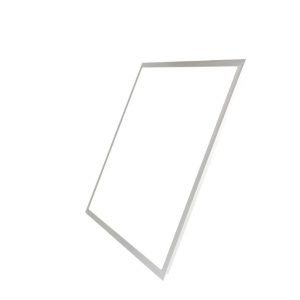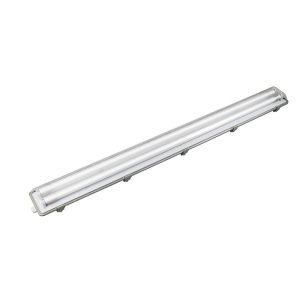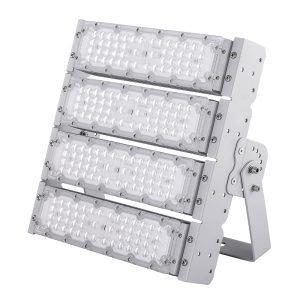Embedded LED flat panel lights have emerged as a revolutionary lighting solution in recent years, offering a blend of energy efficiency, sleek design, and advanced technology. These innovative lights have found their way into various applications, from residential homes to commercial buildings, and even in outdoor spaces. This article delves into the world of embedded LED flat panel lights, exploring their evolution, advantages, applications, and future prospects.
Introduction to Embedded LED Flat Panel Lights
Embedded LED flat panel lights are a type of lighting fixture that integrates LED technology into a flat panel. Unlike traditional lighting fixtures, which often have a bulky and unsightly design, embedded LED flat panel lights provide a seamless and stylish lighting solution. The lights are mounted directly onto the ceiling or wall, making them virtually invisible when not in use.
Evolution of Embedded LED Flat Panel Lights
The evolution of embedded LED flat panel lights can be traced back to the development of LED technology itself. Initially, LEDs were used primarily for indicator lights and small displays. However, as the technology advanced, LEDs became more efficient and brighter, making them suitable for general lighting applications.
The first embedded LED flat panel lights were introduced in the early 2000s. These early models were limited in terms of brightness and color temperature, but they laid the foundation for future advancements. Over the years, the technology has continued to improve, with manufacturers focusing on increasing efficiency, brightness, and color rendering.
Advantages of Embedded LED Flat Panel Lights
One of the primary advantages of embedded LED flat panel lights is their energy efficiency. LEDs consume significantly less electricity than traditional lighting sources, such as incandescent or fluorescent bulbs. This not only reduces energy costs but also helps in reducing the carbon footprint.
Another advantage is the long lifespan of LED lights. Unlike traditional bulbs, which may need to be replaced every few months, LED lights can last for up to 50,000 hours. This reduces maintenance costs and the need for frequent replacements.
The sleek and modern design of embedded LED flat panel lights is also a significant advantage. These lights offer a clean, minimalistic look that complements contemporary interior design styles. Additionally, the flat panel design allows for a uniform distribution of light, eliminating shadows and creating a more pleasant and comfortable environment.
Applications of Embedded LED Flat Panel Lights
Embedded LED flat panel lights have a wide range of applications, making them a versatile lighting solution. Some of the most common uses include:
1. Residential Homes: These lights are increasingly being used in homes for general lighting, task lighting, and accent lighting. They provide a warm, inviting atmosphere while reducing energy consumption.
2. Commercial Buildings: Embedded LED flat panel lights are popular in office buildings, retail spaces, and hospitality venues. They offer bright, uniform lighting that enhances productivity and customer experience.
3. Outdoor Spaces: These lights are also used in outdoor settings, such as parks, walkways, and parking lots. Their energy-efficient and durable nature makes them an ideal choice for outdoor lighting.
4. Industrial Applications: Embedded LED flat panel lights are used in industrial settings for task lighting, safety lighting, and to provide a comfortable working environment.
Future Prospects of Embedded LED Flat Panel Lights
The future of embedded LED flat panel lights looks promising, with ongoing technological advancements and increasing demand. Some of the key trends that are expected to shape the future of this industry include:
1. Increased Efficiency: Manufacturers are continuously working on improving the efficiency of LED lights, making them even more energy-efficient.
2. Advanced Control Systems: Smart lighting systems that allow users to control the intensity, color, and timing of the lights are becoming increasingly popular. These systems offer greater convenience and energy savings.
3. Customization: As the technology evolves, customers will have more options to customize their lighting solutions to suit their specific needs and preferences.
4. Integration with IoT: The integration of LED flat panel lights with the Internet of Things (IoT) will enable better energy management and automation of lighting systems.
In conclusion, embedded LED flat panel lights have revolutionized the lighting industry with their energy efficiency, sleek design, and advanced technology. As the technology continues to evolve, these lights are expected to become even more popular in various applications, offering a sustainable and stylish lighting solution for the future.













Explore More from Queendom Lamp
Stay updated with the latest LED technology, lighting solutions, and industry insights.
Request a Quote About Queendom